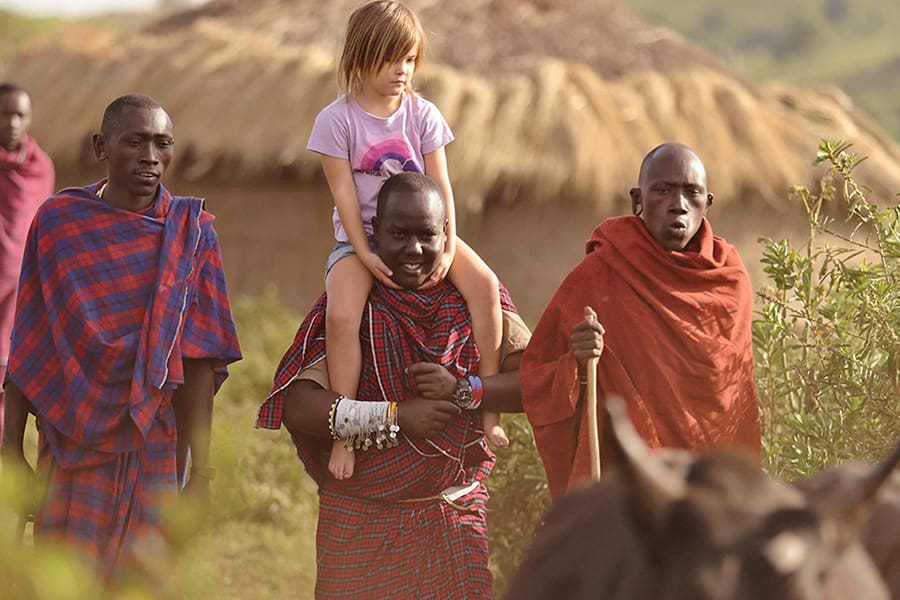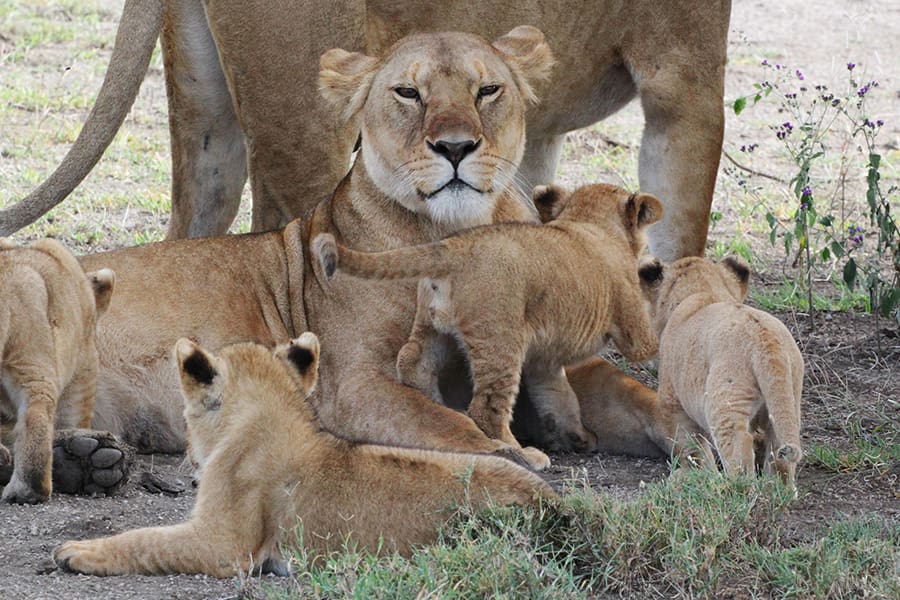Language
- Deutsch
- English
- Español
- Français
- Italiano
- Nederlands
- Português
Currency
- AUD Australian Dollar
- CAD Canadian Dollar
- EUR Euro
- GBP Pound Sterling
- SGD Singapore Dollar
- USD US Dollar
- ZAR Rand

when to go
Although the roads around the caldera can get rather muddy, the best time to visit the Ngorongoro Crater in Tanzania is during the April to May rainy season. There are far fewer visitors this time of the year, and the crater is wonderfully lush and green compared to the dusty dry-season landscape. High visitor numbers can be expected during the July to September peak season, and again during the December to February calving season that follows the November rains.
With Ngorongoro’s wildlife remaining in the steep-walled crater all year round, the question of when to go on Ngorongoro Crater safaris is less about optimising your game viewing experience and more about how many other people and vehicles you want to share the crater with.
Help Me Plan

January is a great time for visiting the Ngorongoro Crater because it's breeding season for the wildebeest in the area. The herds have what's known as a “mass calving” on the green plains just outside the crater, making for excellent photo opportunities of newborns struggling to get on their feet. The months of January and February fall between the two rainy seasons that the area experiences annually, and these months can offer a dry spell between the ‘short rains' and ‘long rains'.
February is one of the drier months before the rains begin near the end of March in the crater. This is an excellent time for game viewing, especially for predator sightings of lion and hyena preparing to hunt the abundant herds.
March is considered one of the best times to visit the Ngorongoro Crater to avoid the crowds and take advantage of reasonable rates. The ‘long rains' begin to fall near the end of March and continues into April and May, transforming the crater into an emerald paradise.

June is one of the best times to visit the Ngorongoro Conservation Area. The ‘long rains' have come to an end and game drives are relatively less crowded. Peak season for a safari in the Ngorongoro Crater only kicks off towards the end of June or in early July. The cooler weather is also ideal for climbing Kilimanjaro during this month, which is a popular add-on to a Ngorongoro safari.
When visiting the Ngorongoro Crater, July and August fall within peak season and accommodation around the crater is generally quite full during these months. The reason why people flock from all over the world during the dry season is the visibility of wildlife along the barren plains, and their high frequency visits to watering holes. This is when it is commonplace to see the likes of leopard, lion, rhino, buffalo, and elephant all in one day.
September marks the start of spring but still falls under the very popular dry season in the Ngorongoro Conservation Area. The crater can be chilly at this time of year. The dry weather over the past few months leaves parts of the crater floor looking like a dusty bowl and turns the grasslands yellow.
October is a transitional time weatherwise in the Ngorongoro Crater, as the beginning of the month is the height of the long dry season and the ‘short rains' begin just before November.

The Ngorongoro Crater is warm and occasionally wet during November and December. This is the period of the ‘short rains' but the rain occurs in short bursts, usually as afternoon showers that rarely affect safaris. The first migrant birds arrive with the rainfall in November, making this one of the best times to visit the Ngorongoro Crater for birdwatching.
Chat with someone who’s been there. Get in touch with one of our Africa Travel Experts to help tailor-make a trip to the Ngorongoro Crater that’s right for you:
Help Me Plan